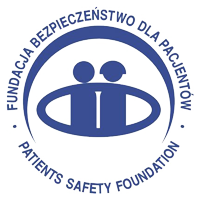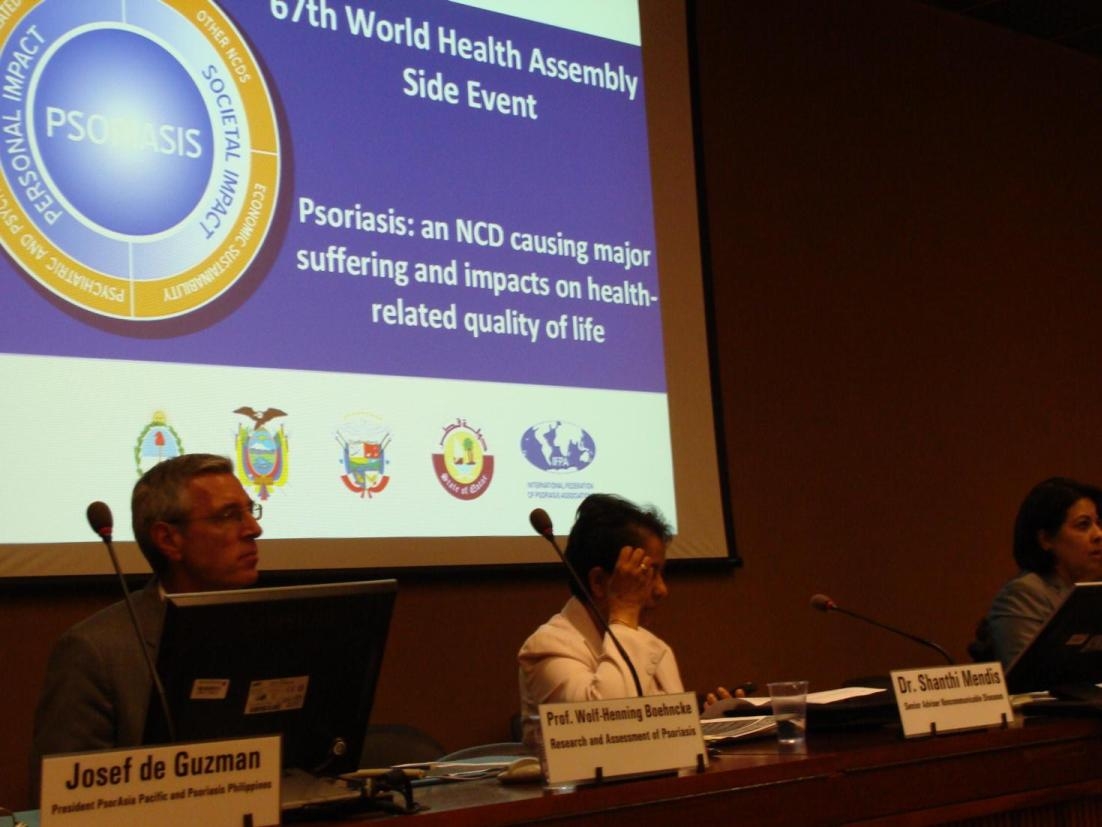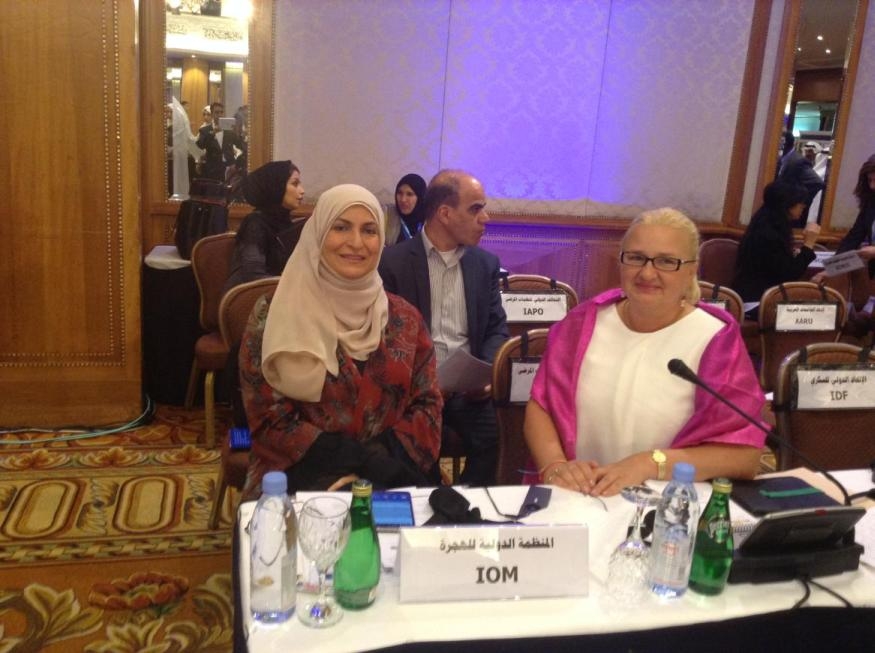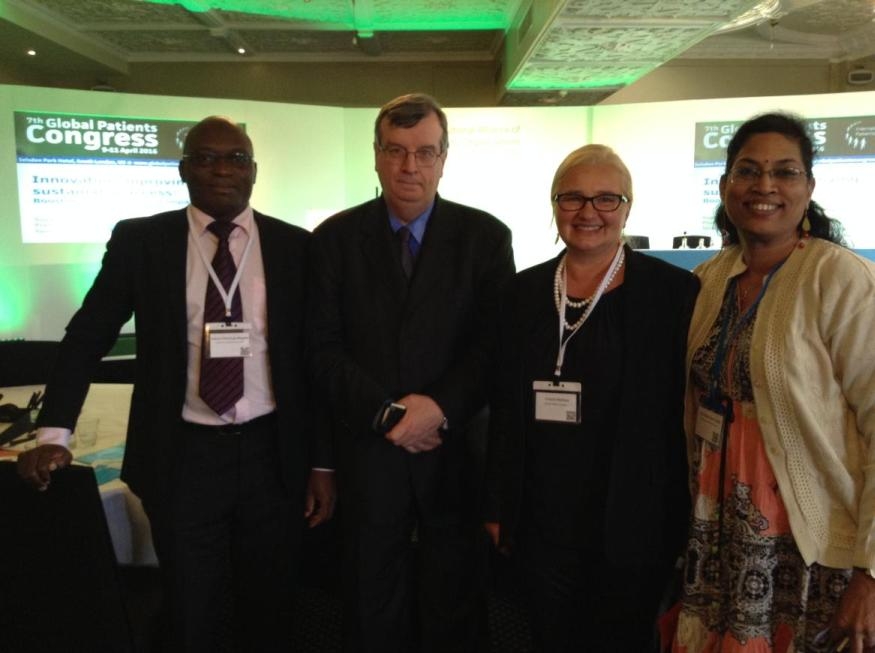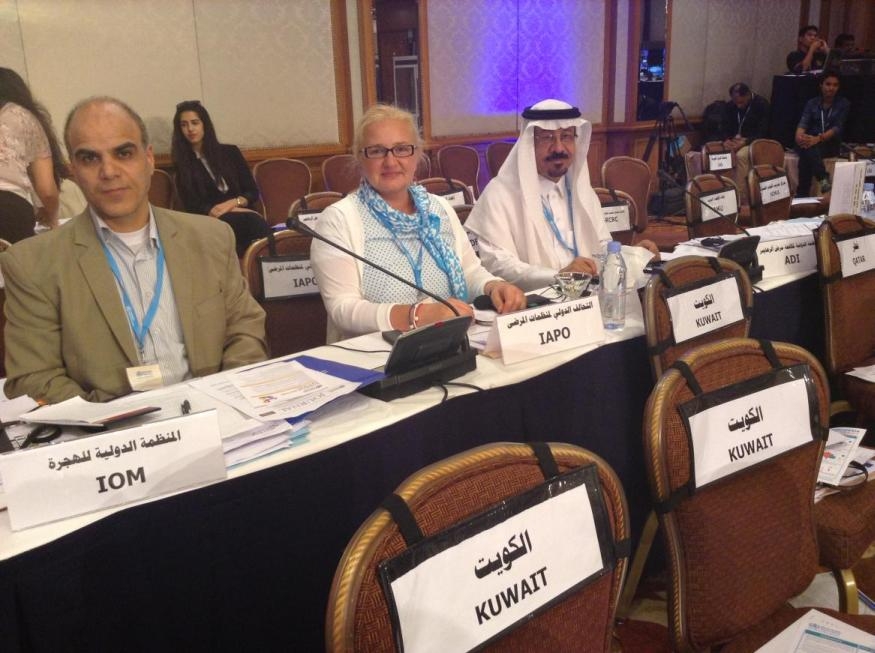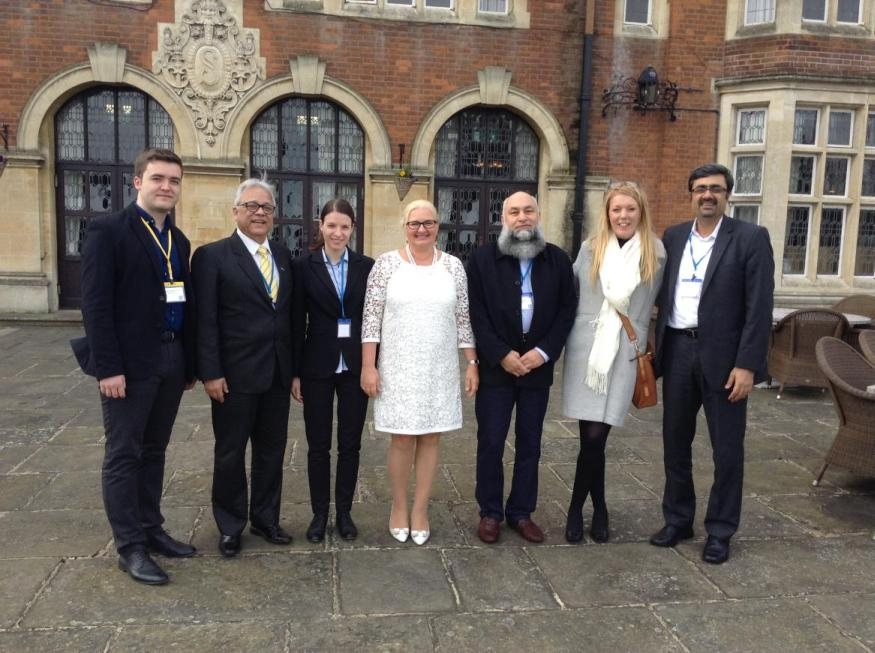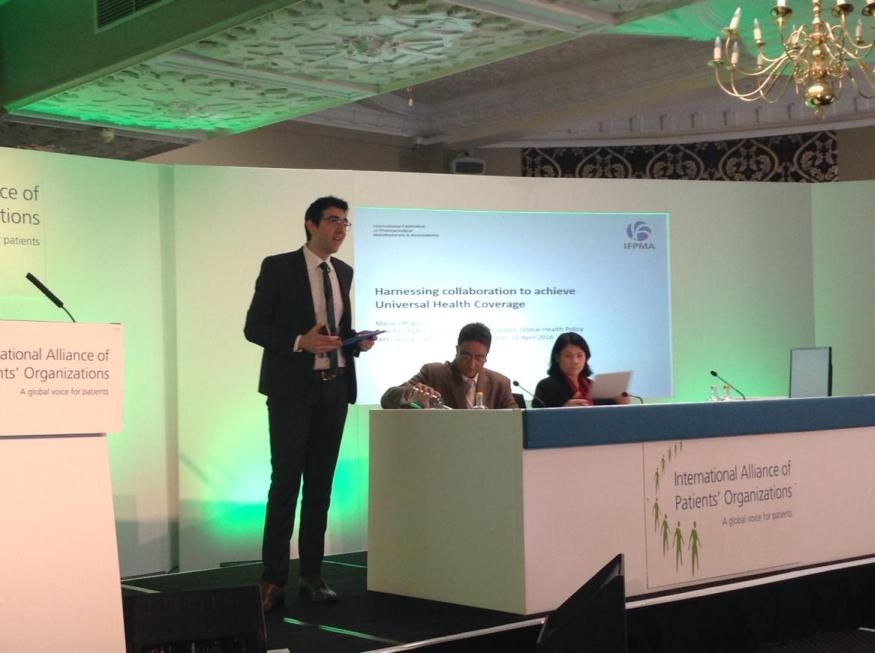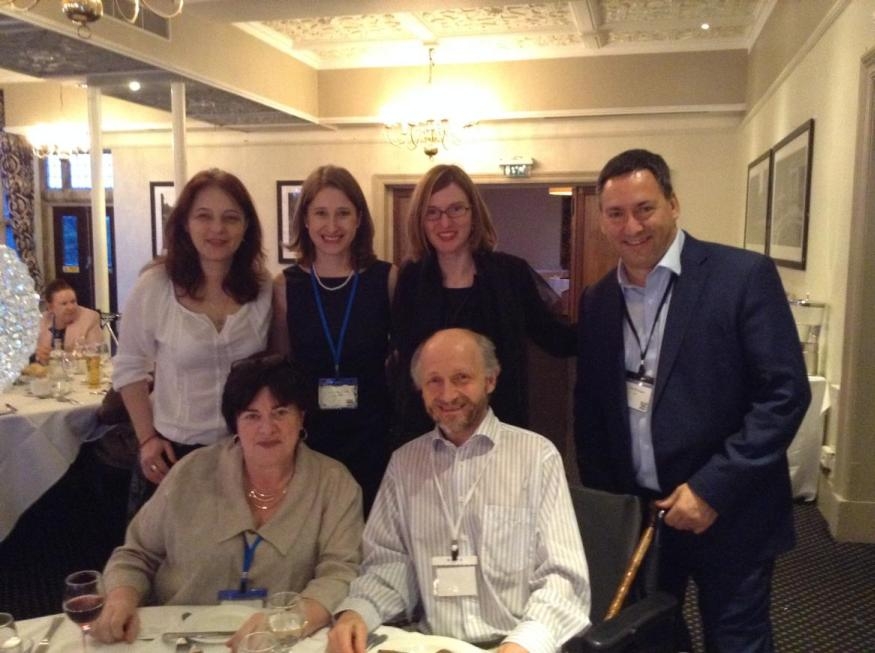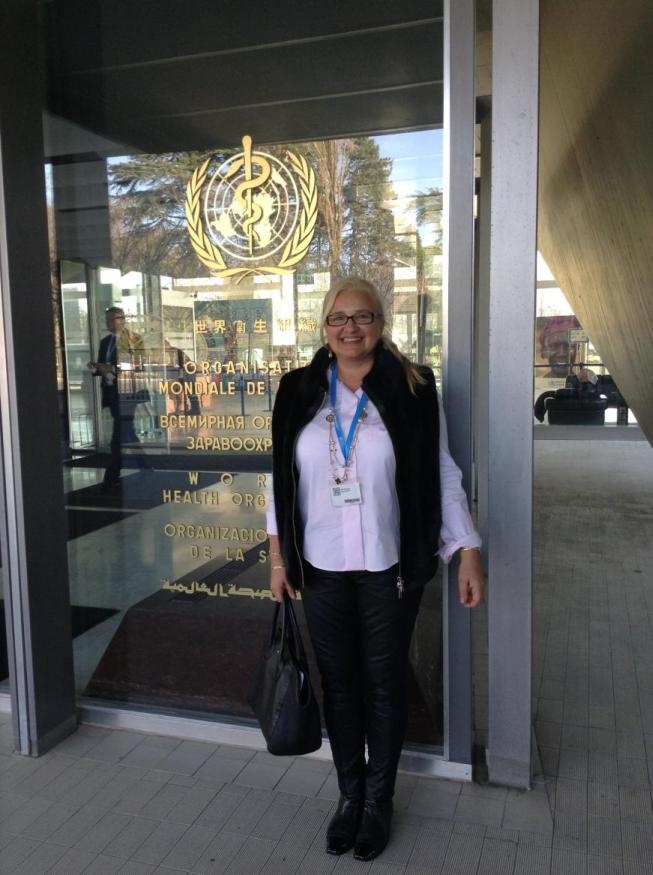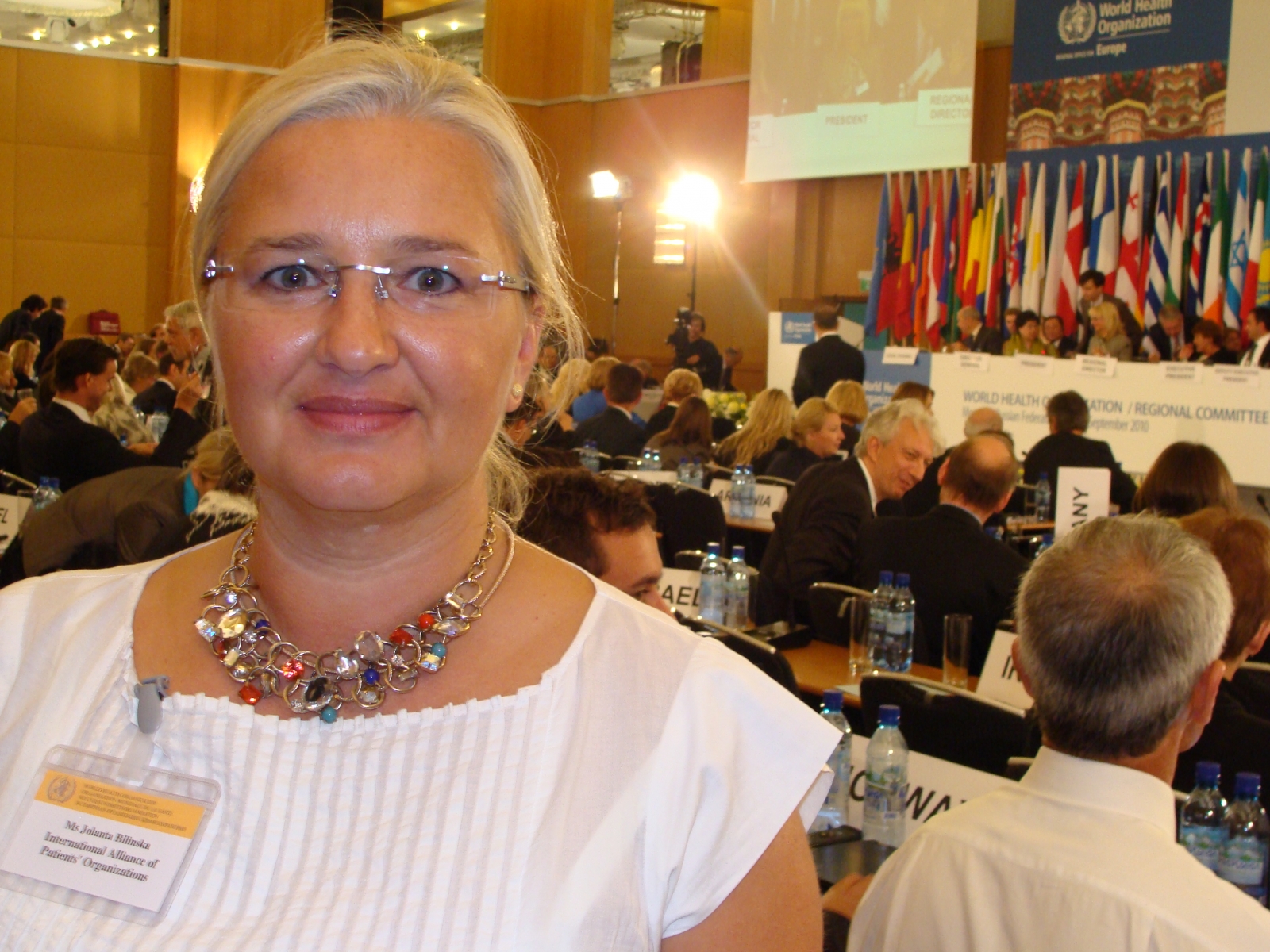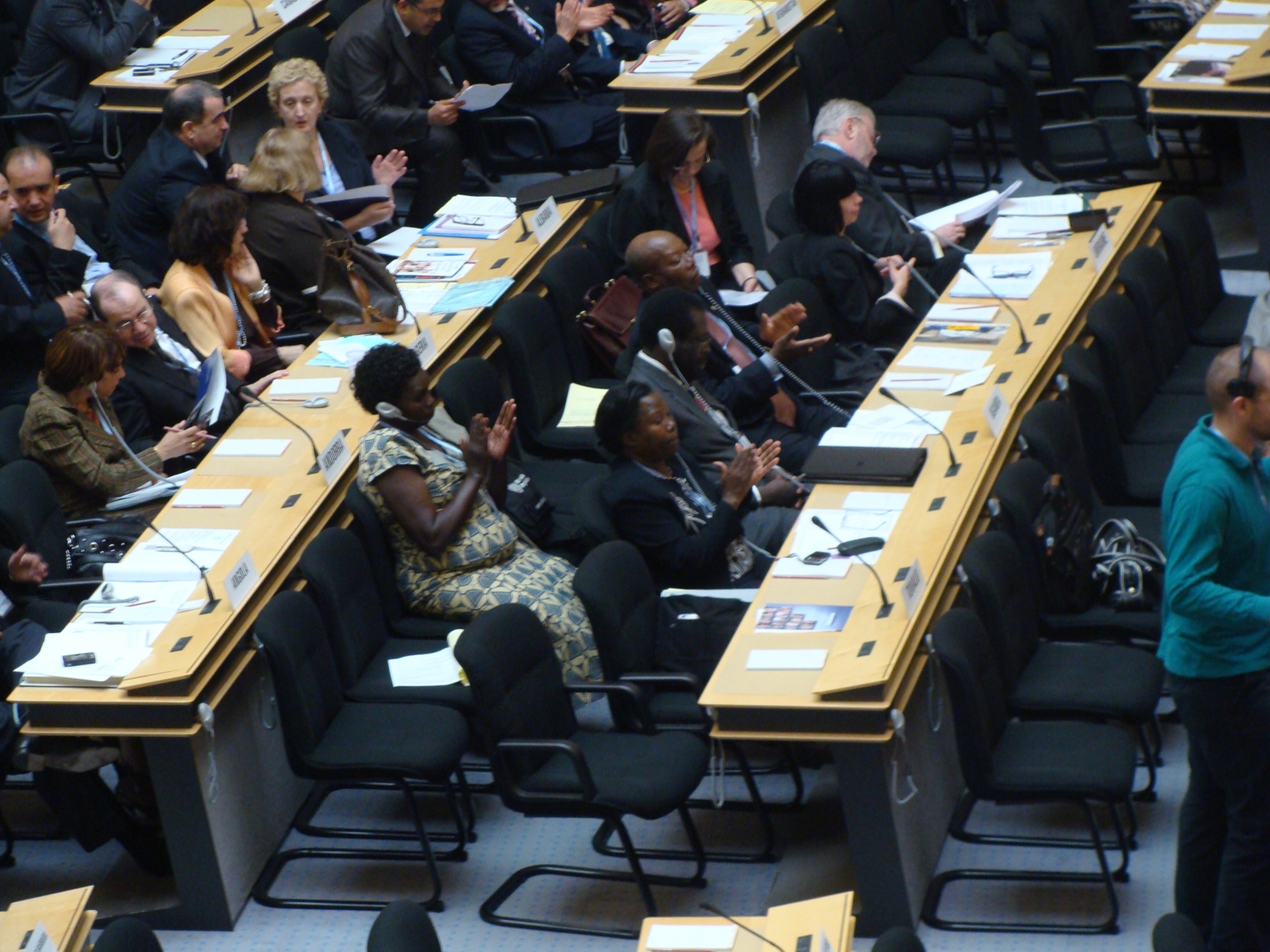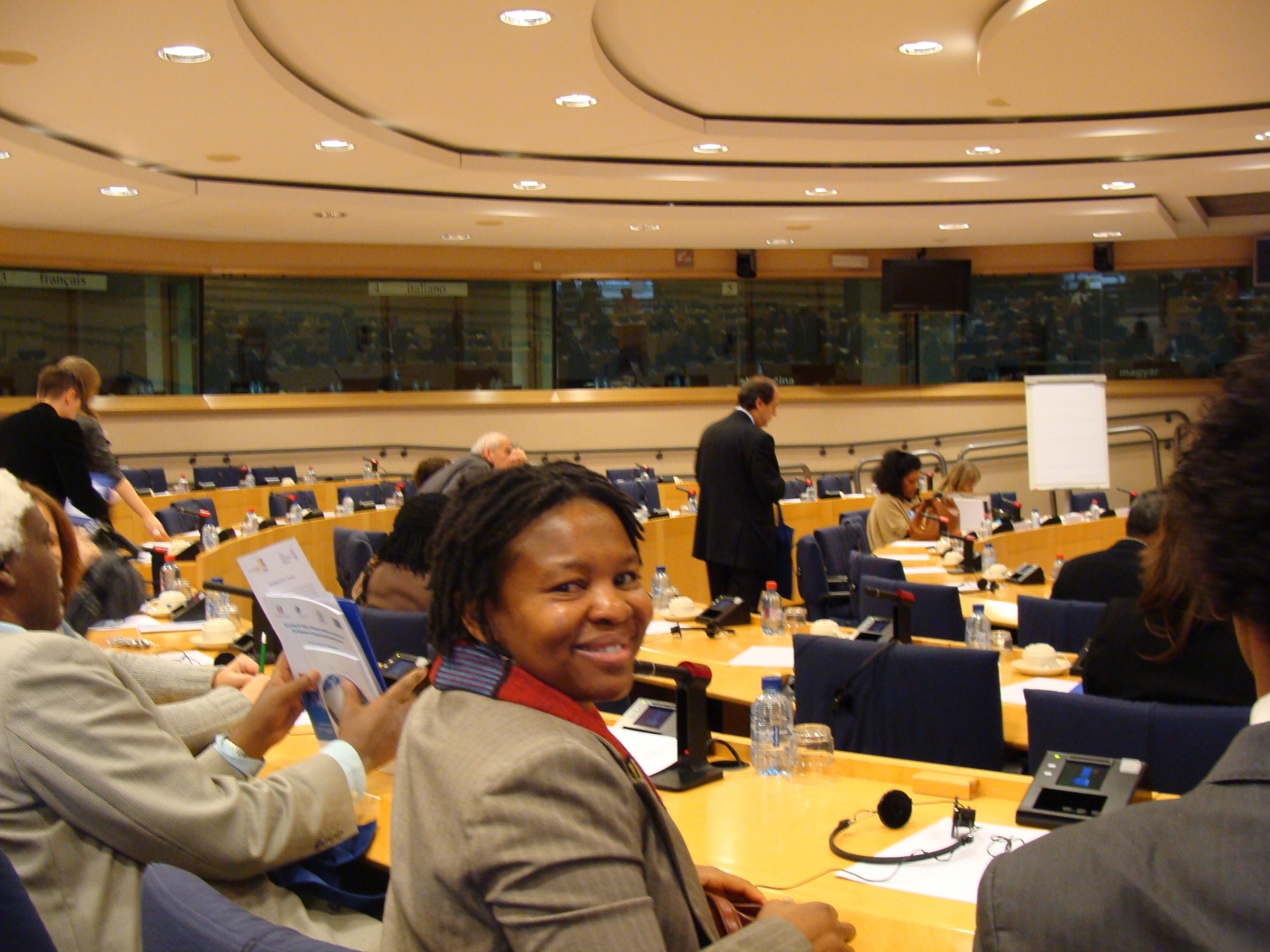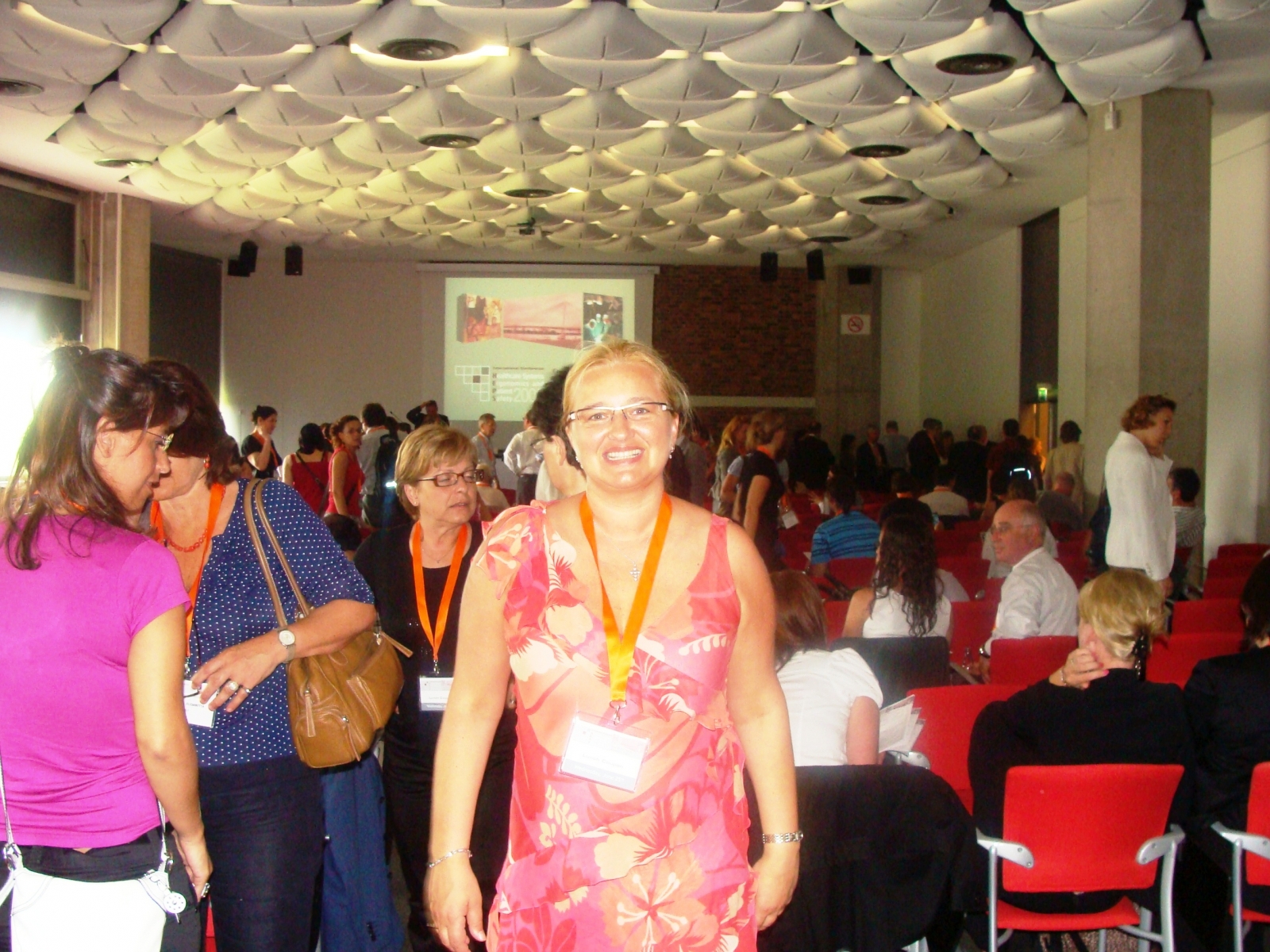In October 2004 the World Health Organization (WHO) officially launched the World Alliance for
Patient Safety dedicated to bringing significant benefits to patients in countries rich and poor,
developed and developing, in all corners of the globe. The Alliance was established in response to
Resolution WHA55.18, adopted by WHOs 55th World Health Assembly in May 2002, which urged
member states to pay the closest possible attention to patient safety and establish science-based
systems for improving safety and the quality of care.¹ The resolution reflects and advances various
calls to action to make patient safety a public health priority. ²
Including patients and families, consumers and citizens in patient safety work
Patients for Patient Safety, one of six action areas of the World Alliance, is designed to ensure that the
perspective of patients and families, consumers and citizens whichever term resonates best in both
developed and developing countries is a central reference point in shaping the important work of the
Alliance. Patients and their lay caregivers see things that busy health care workers often do not. It
follows that safety will be improved if patients are included as full partners in reform initiatives, and
learning can be used to inform systemic quality and safety improvements.
Partners in advancing safe and compassionate care
There is now growing discussion in the international medical and public health community about
implementing patient-centered, systems-based health care. When patients and families are included in
gatherings of patient safety stakeholders, their primary contributions has been to share stories of
preventable injury in health care and their impact on patients’ lives. We are gratified to have made this
contribution. The voice of patients and families who have suffered preventable medical injury is a
powerful motivational force for health care providers across the globe who wish, first, to do no harm.
However, patients have much more to offer than visceral reminders to health care workers,
administrators and policymakers that we are victims of tragic medical errors. Important as that
perspective is, a victim orientation does not position us well as partners working with health care
providers to prevent harm. Indeed, the perception that patients and their families are helpless or
antagonistic victims has served to distance us from playing meaningful roles in the development and
implementation of patient safety work in the past and generated fear among some clinicians who
would have otherwise engaged with us. Patients and their families have needs and wants when things
go wrong. We need to be told that something has gone wrong and we want health care service
deliverers to be open and involve us in the investigation to find the root causes.
2
At the health care service delivery level, consumers who wish to contribute knowledge gained or
lessons learned have often found few effective pathways for doing so. Particularly after health care
accidents occur, a wall of silence may descend and productive interaction may cease. When
consumers register concerns, their actions often are perceived as adversarial threats or unscientific
anecdotes that lack evidence, rather than potential knowledge contributions.
Although there are notable exceptions, at the policymaking level consumer participation tends to be
marginalized, often by well meaning leaders who assume consumers to be unable to appreciate the
complexity of health care. Such an approach fails to take into account that many consumers offer the
richest resource of information related to medical errors as many have witnessed every detail of
systems failures from the beginning to end.
Patients and consumers who choose to partner with health care policy makers and providers are highly
knowledgeable, motivated and eager to contribute. We approach our role with a profound sense of
responsibility and desire to help create a health care system that is safe, honorable and compassionate
for patients and health care workers alike. We are here to challenge health care to be truly patientcentered
especially when it is resistant to change or slow to make safer care a priority but most
fundamentally, we are here to partner to help make care better.
Patients for Patient Safety Building an infrastructure for active, informed global partnership
Working through the Alliance and the WHO, Patients for Patient Safety will assist and support efforts
to develop a collective voice for consumers, citizens, patients or lay caregivers who are interested in
sharing their experience and lessons learned in order to improve safety. We will foster the role of
consumers as partners in the delivery of care who are owed honesty and respect, and who have
responsibility for respectfully contributing to policymaking activities that seek to advance systemsbased,
patient-centered care.
Together and integrated with the other action areas of the Alliance, we will develop opportunities for
consumer voices to be heard and our participation in creating public awareness about inherent health
care risks, educating the public about systems approaches to risk management, reporting errors or
health care failures in ways that contribute to systemic learning, disseminating research and sharing
solutions that can prevent patient harm.
By contributing our voice, our experience and our perspective, we will ensure that the work of the
World Alliance for Patient Safety is authentically patient-centered. We invite patients, providers and
participating nations interested in productive change through partnership to join us in carrying forward
this important and transformative work.
Click on the link below if you would like to express an interest in getting involved in the work of
Patients for Patient Safety and to view the opportunities and options open to you.
¹ See WHO Patient Safety Homepage, www.who.int/patientsafety/en/, accessed 10/04/04.
² The IOM estimated medical error to be between the 4th to 8th largest causes of preventable death in
the United States. Kohn LT, Corrigan JM, Donaldson M, Eds. To Err Is Human: Building a Safer
Health System, Washington, DC, National Academy of Sciences, 1999.

